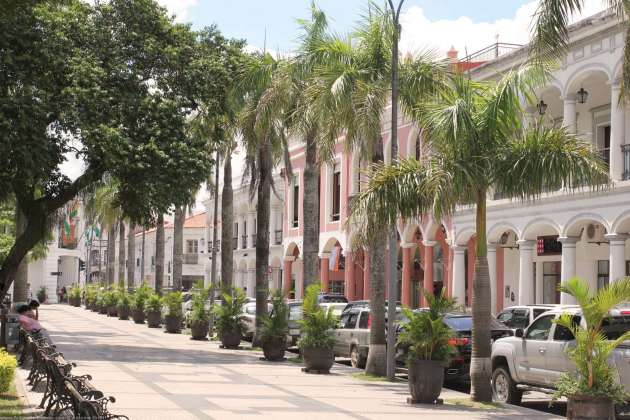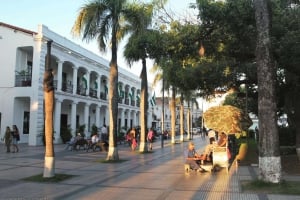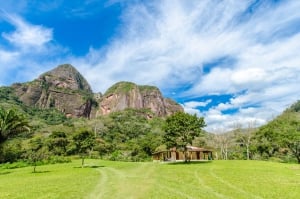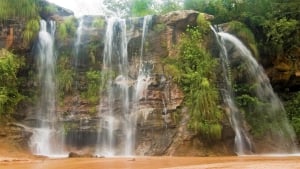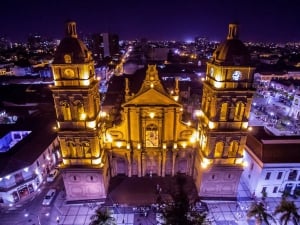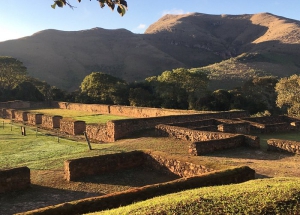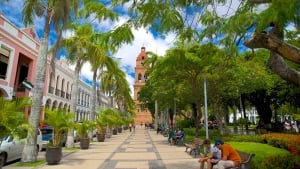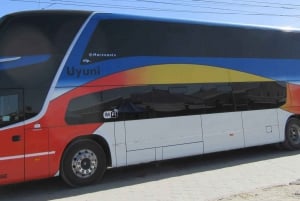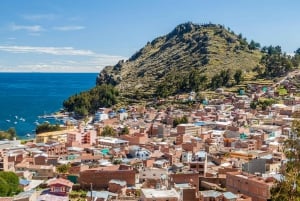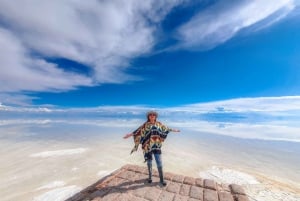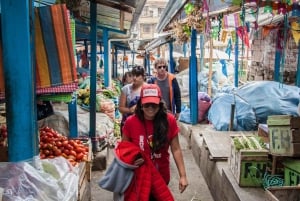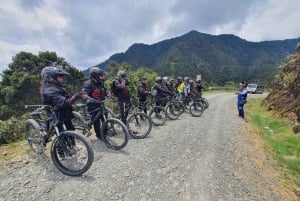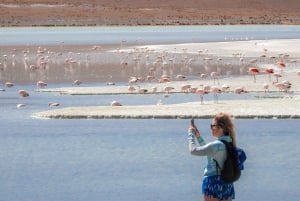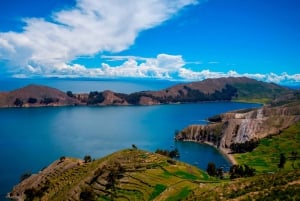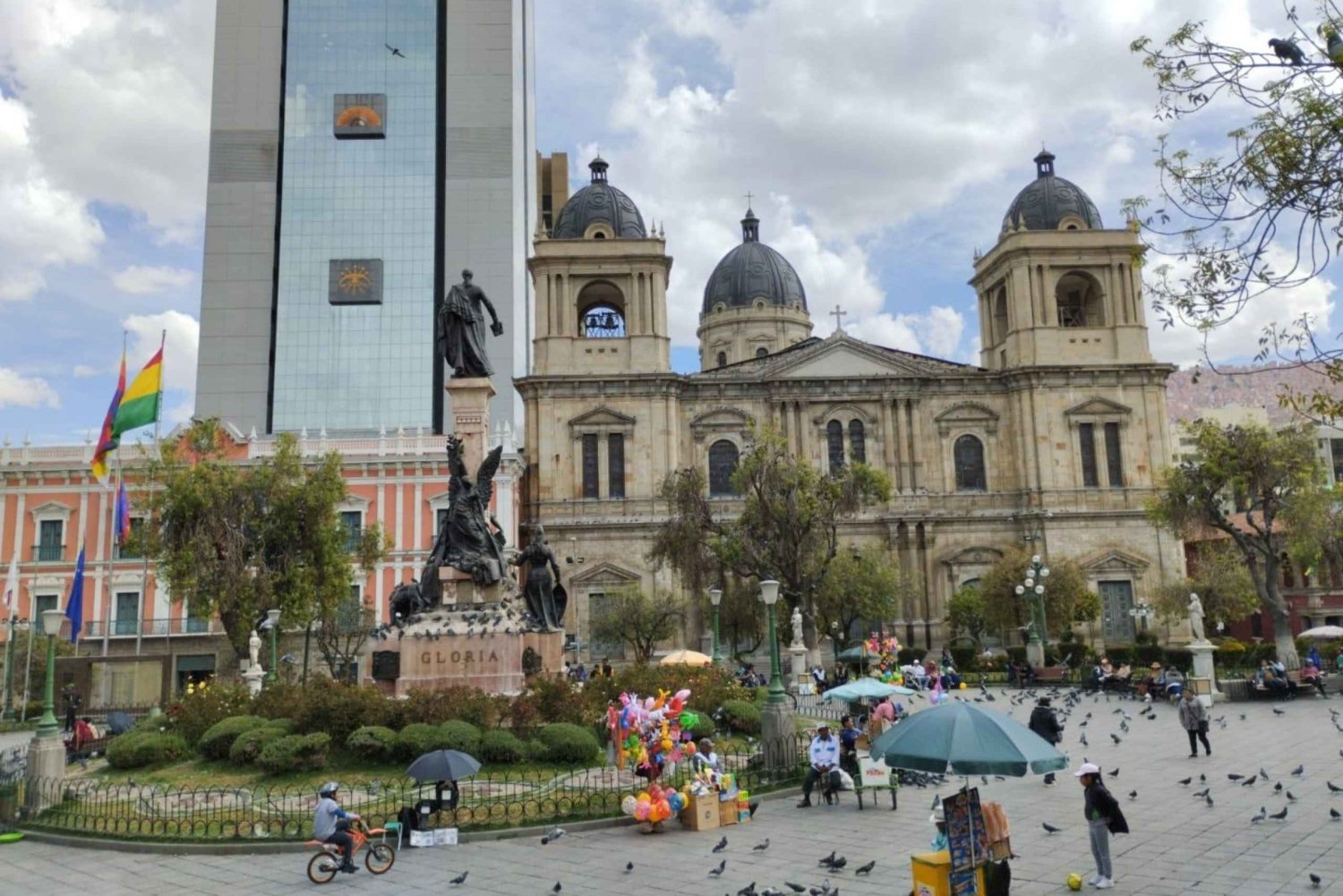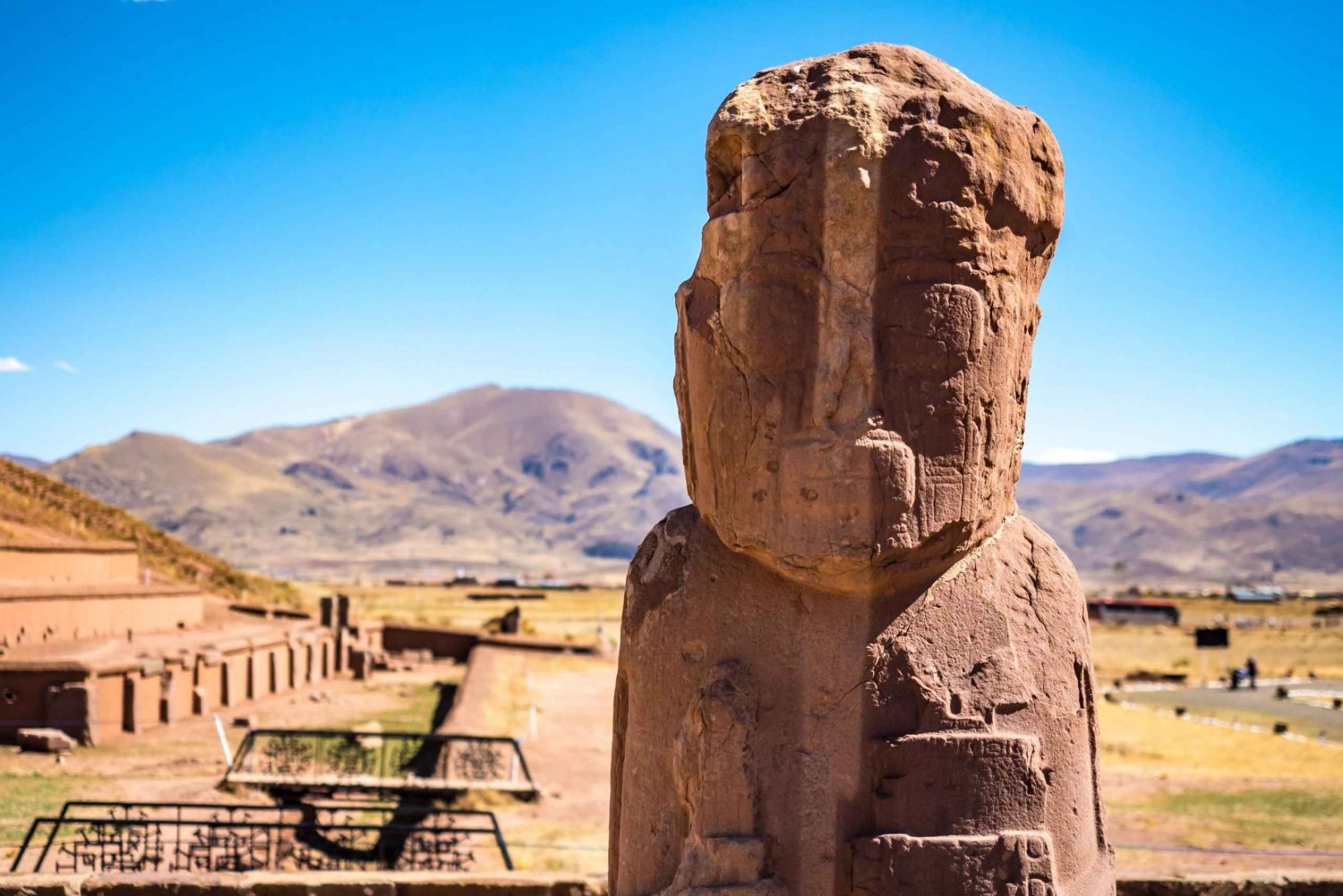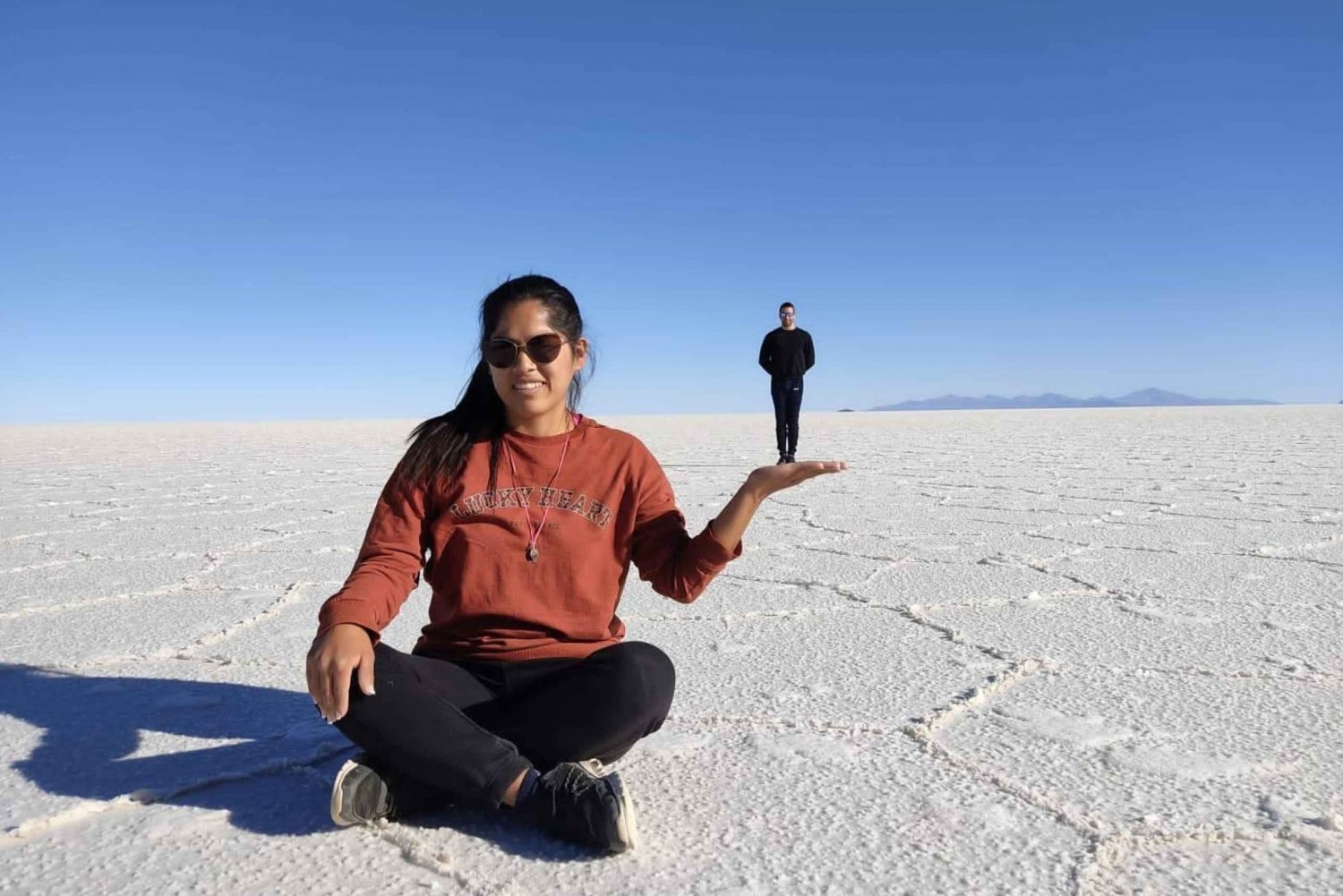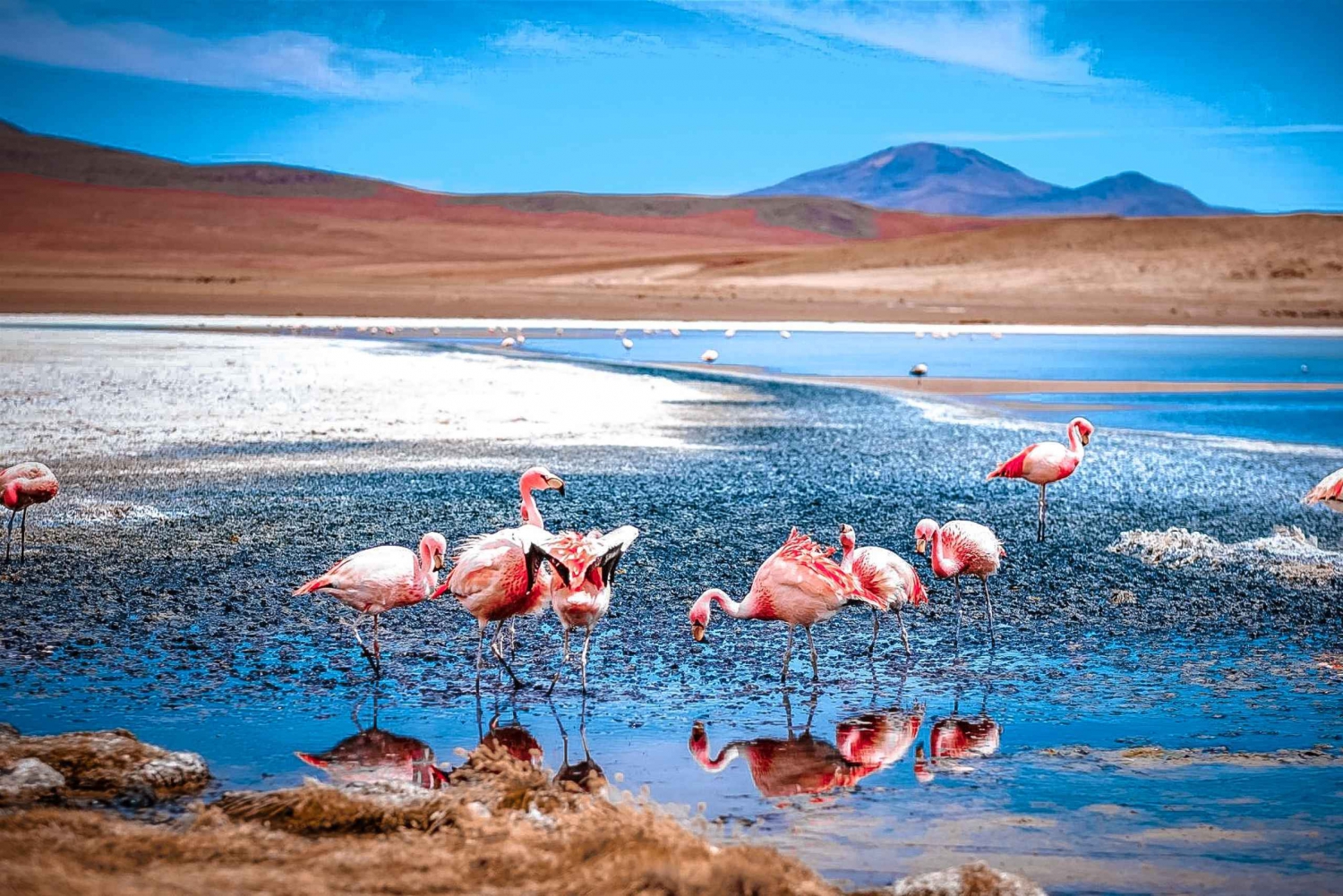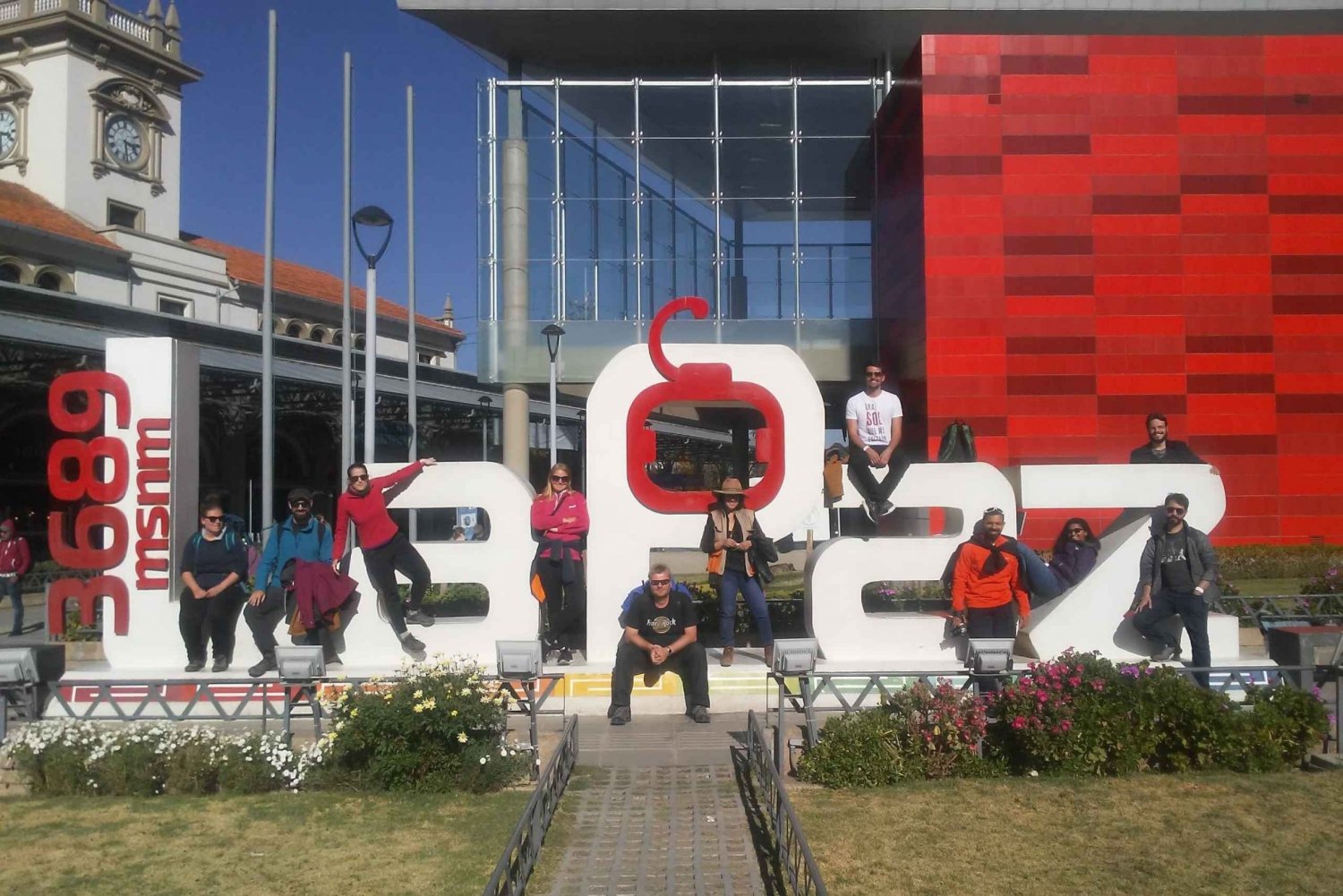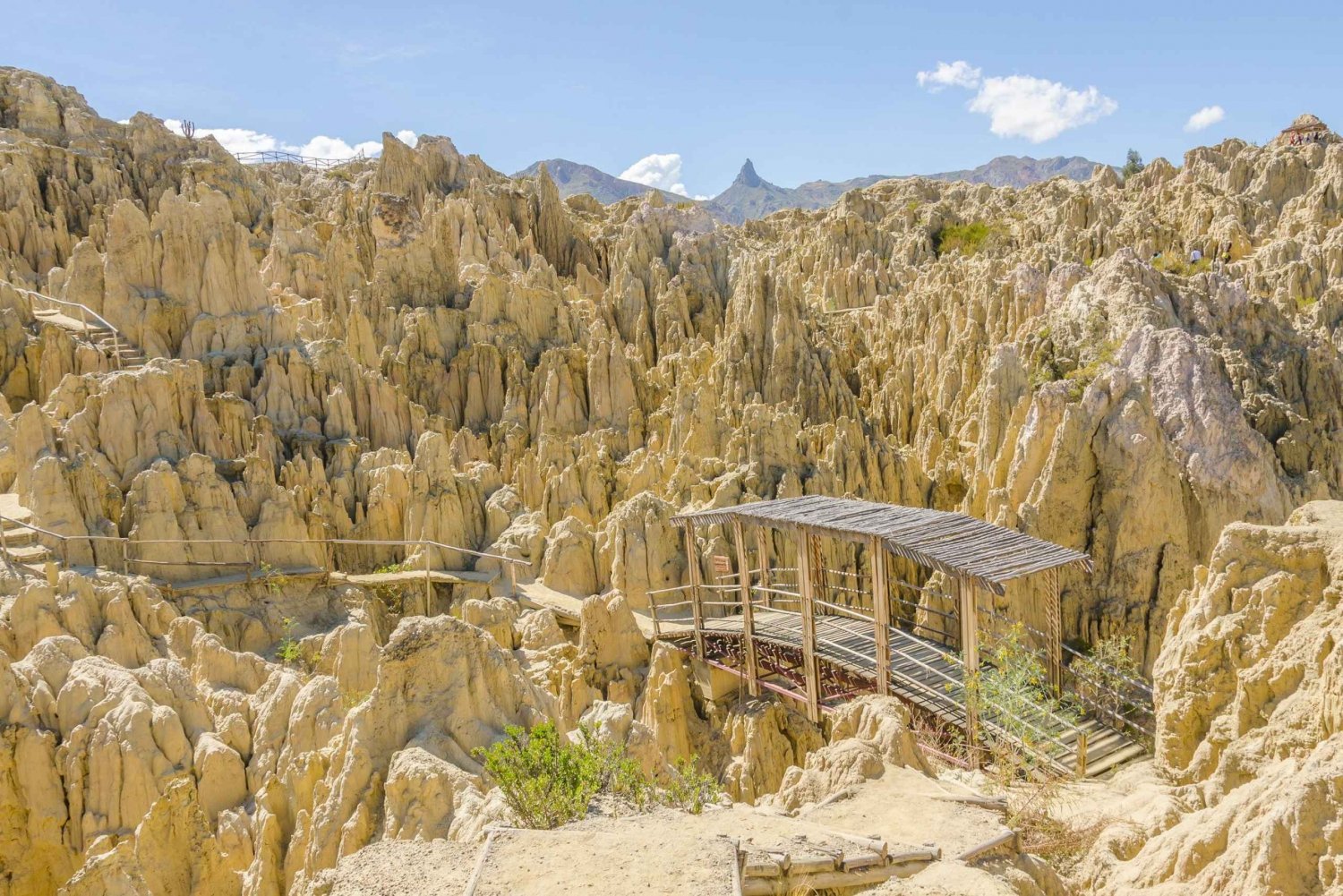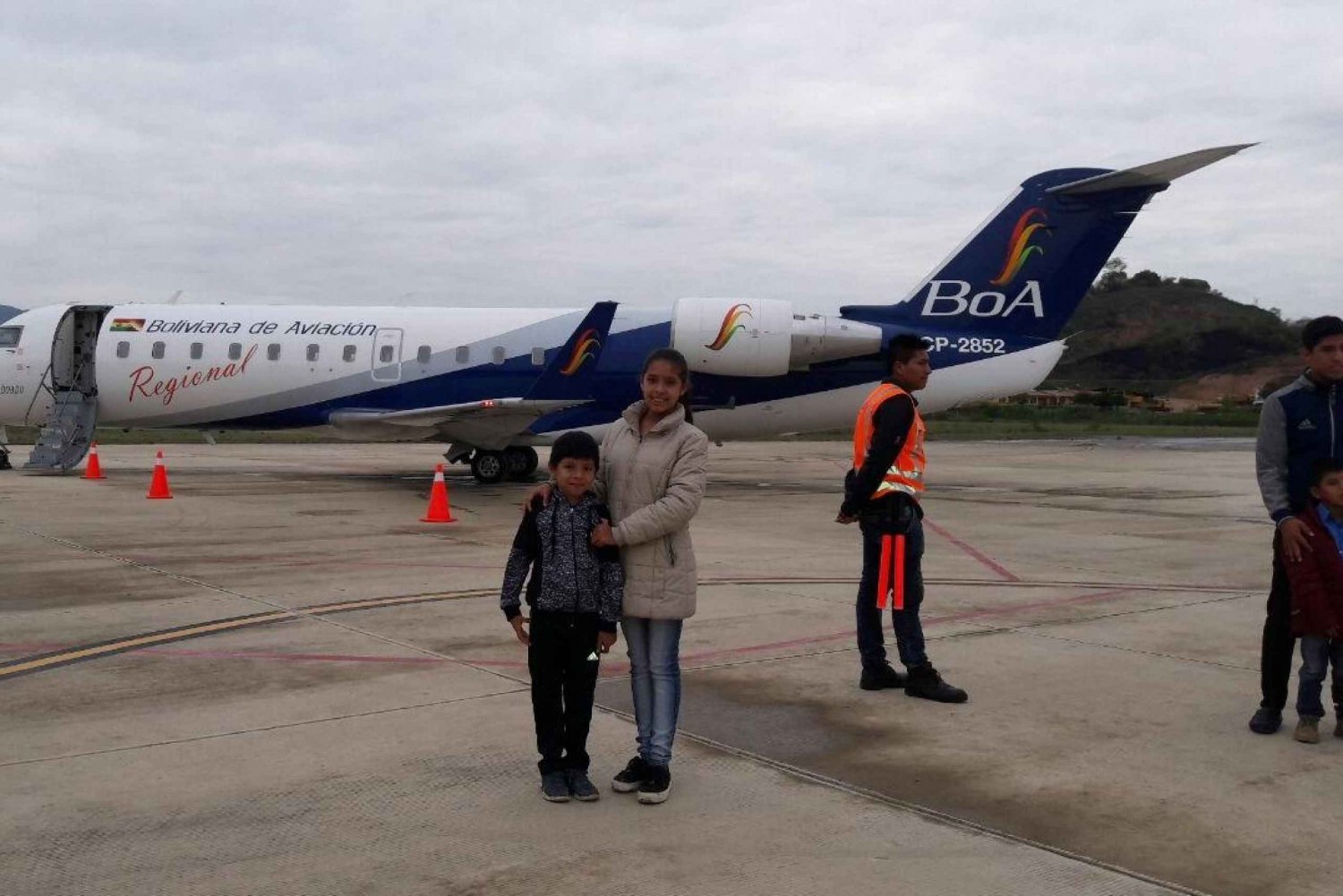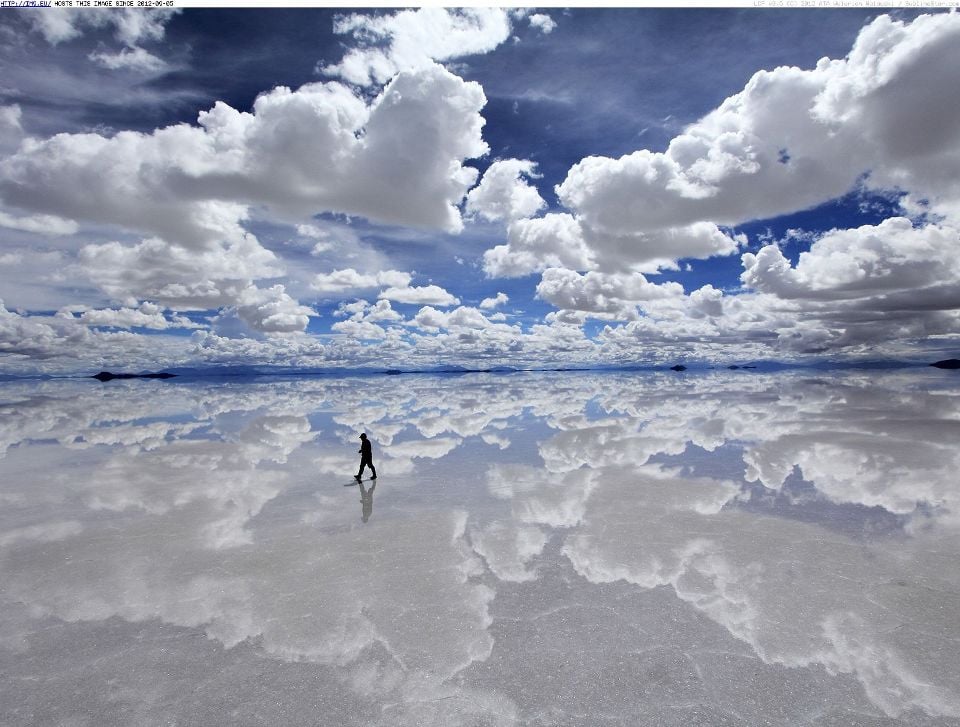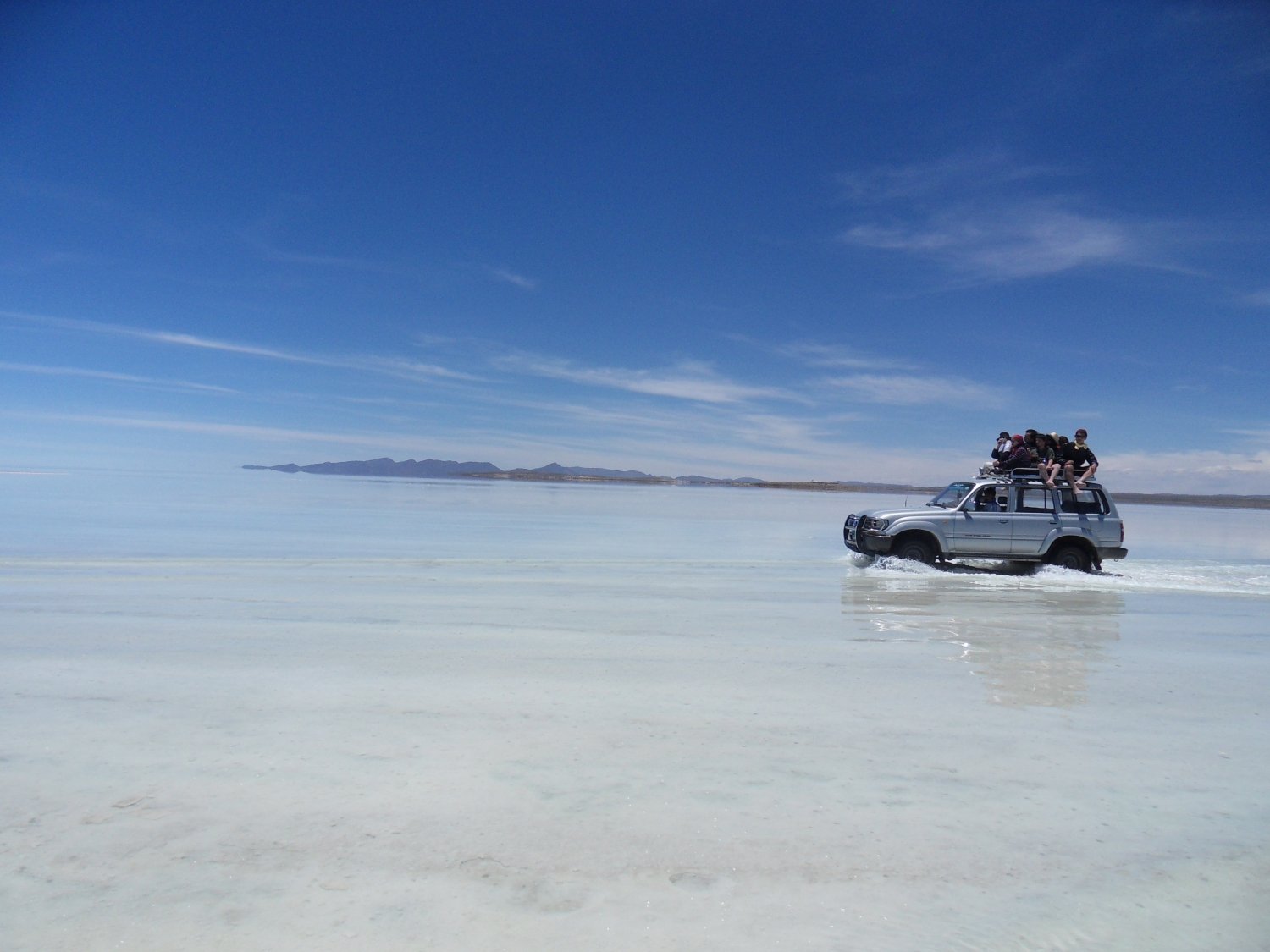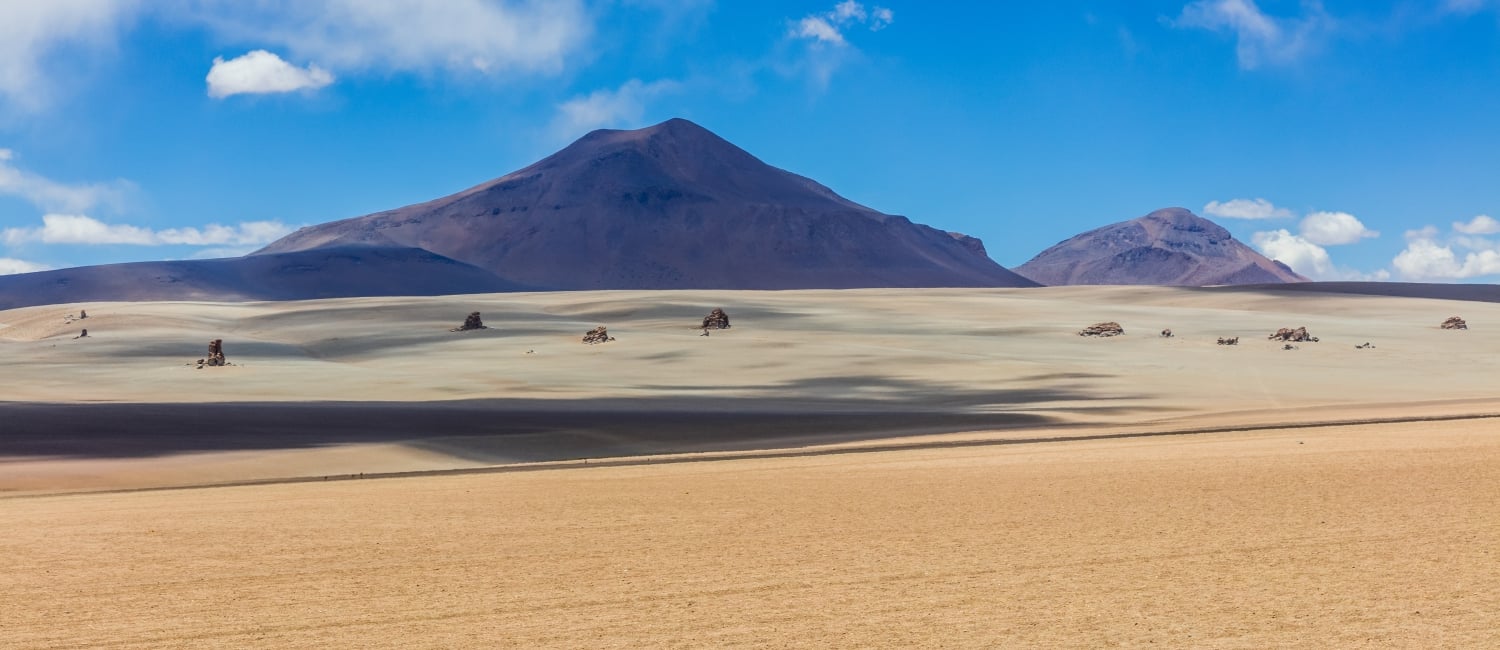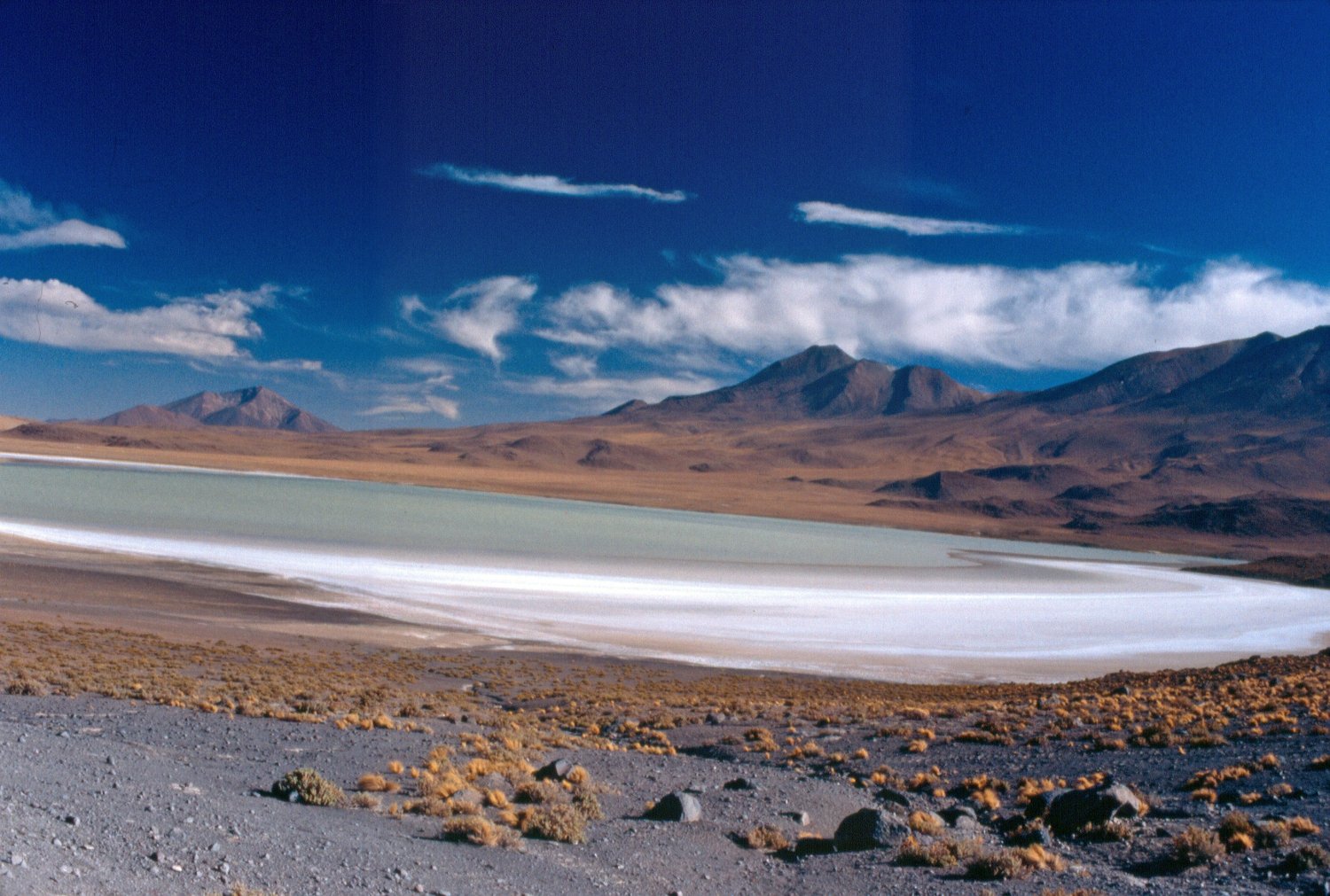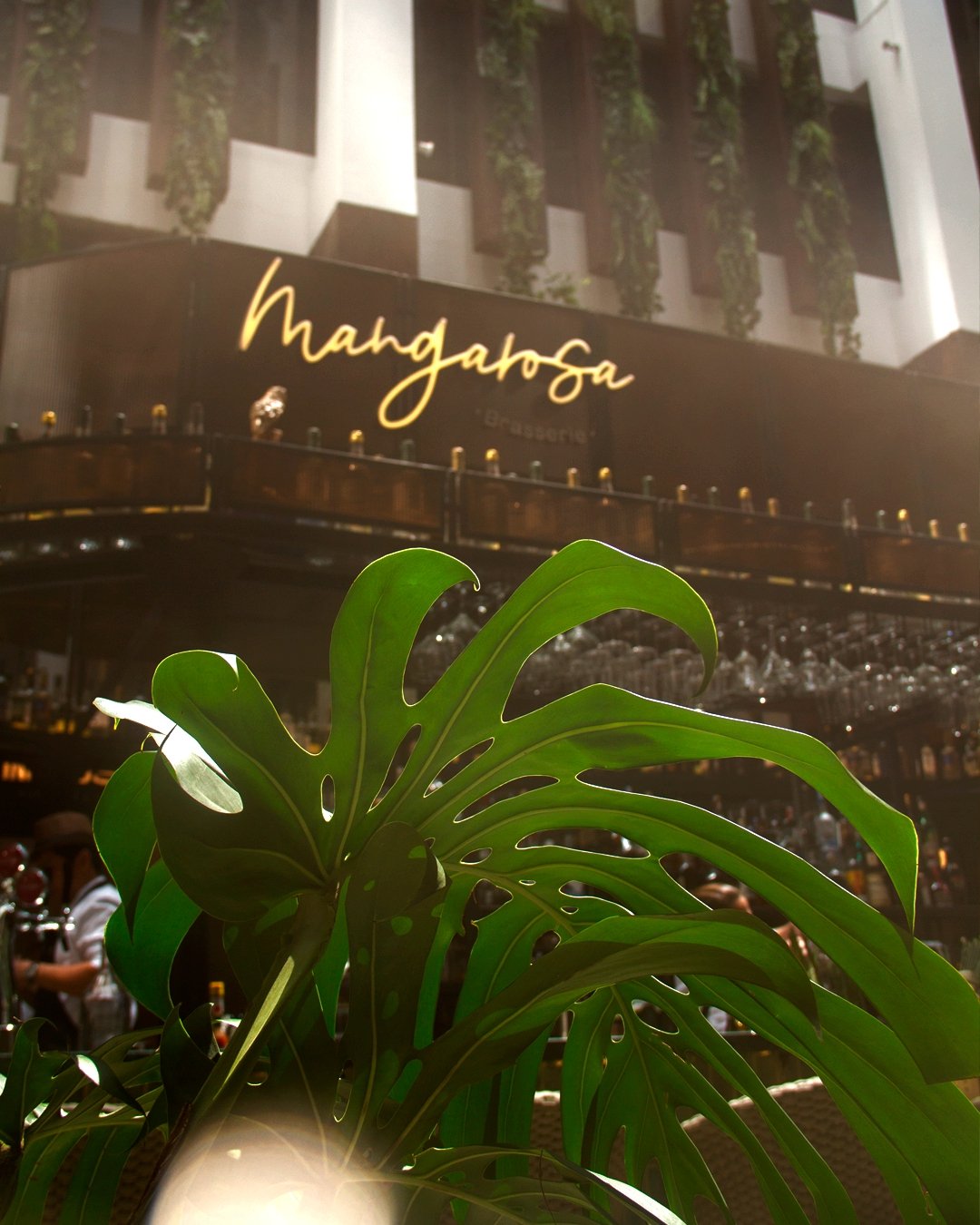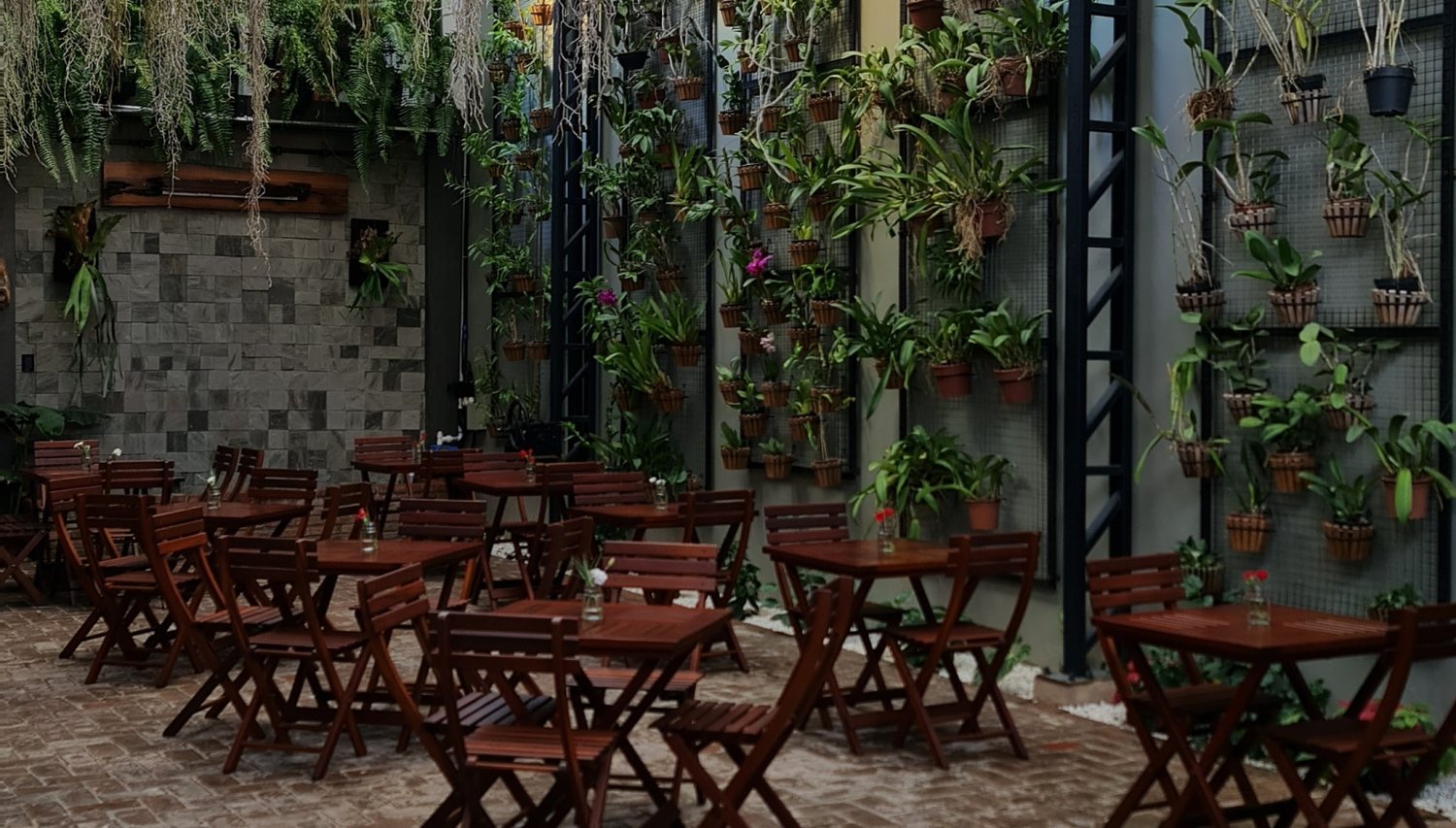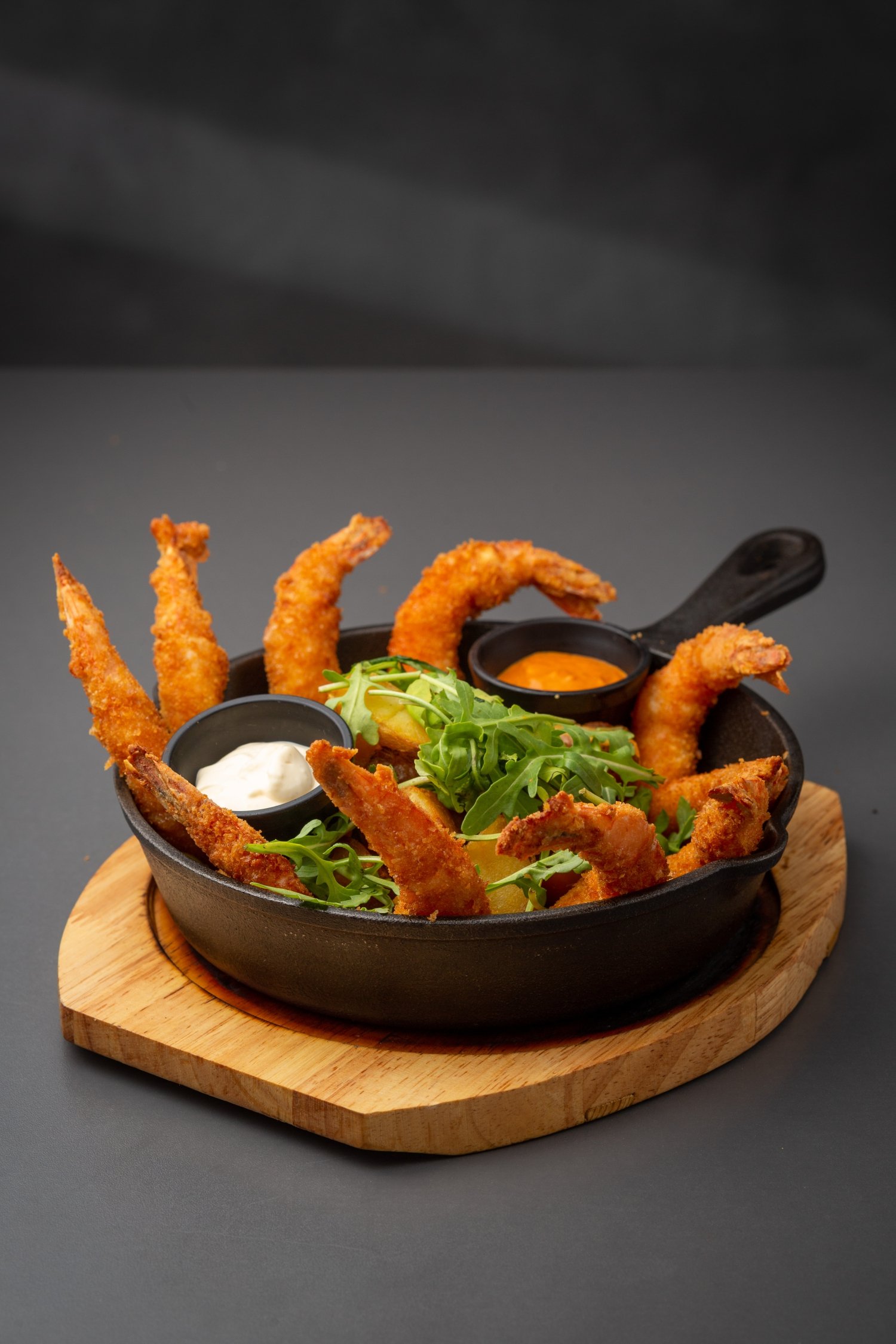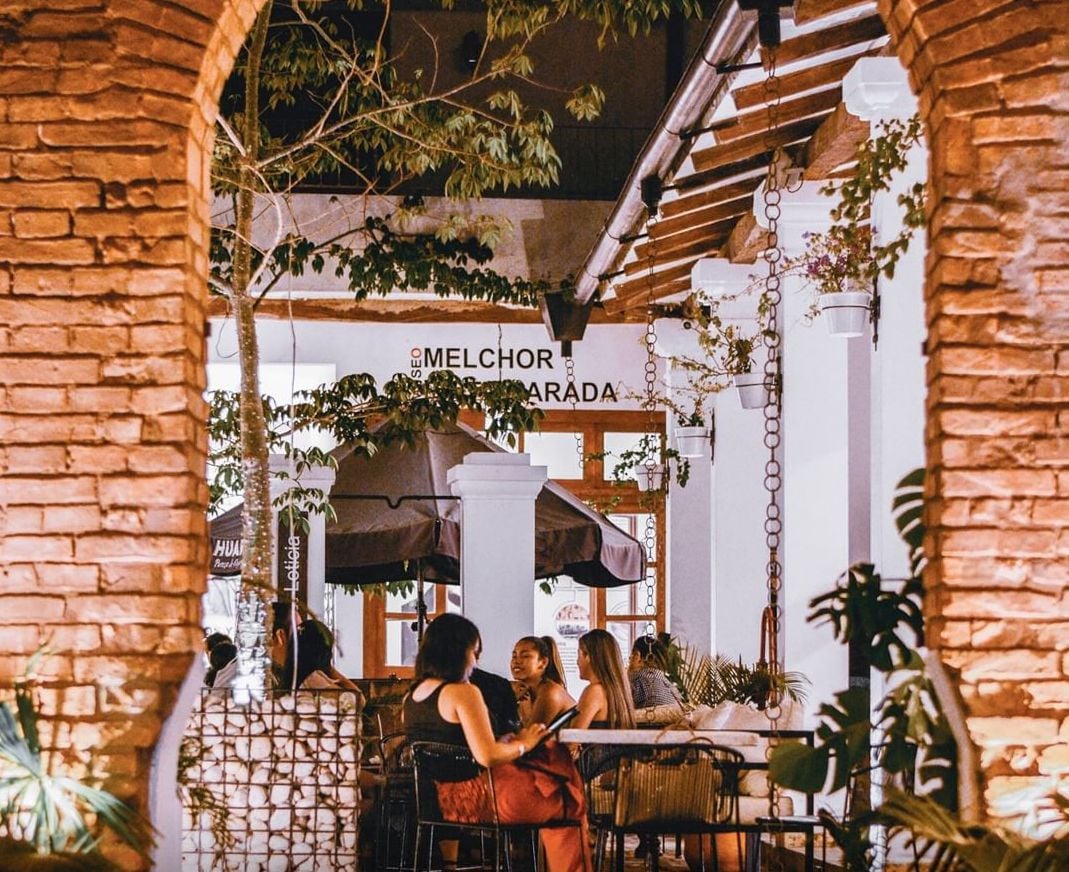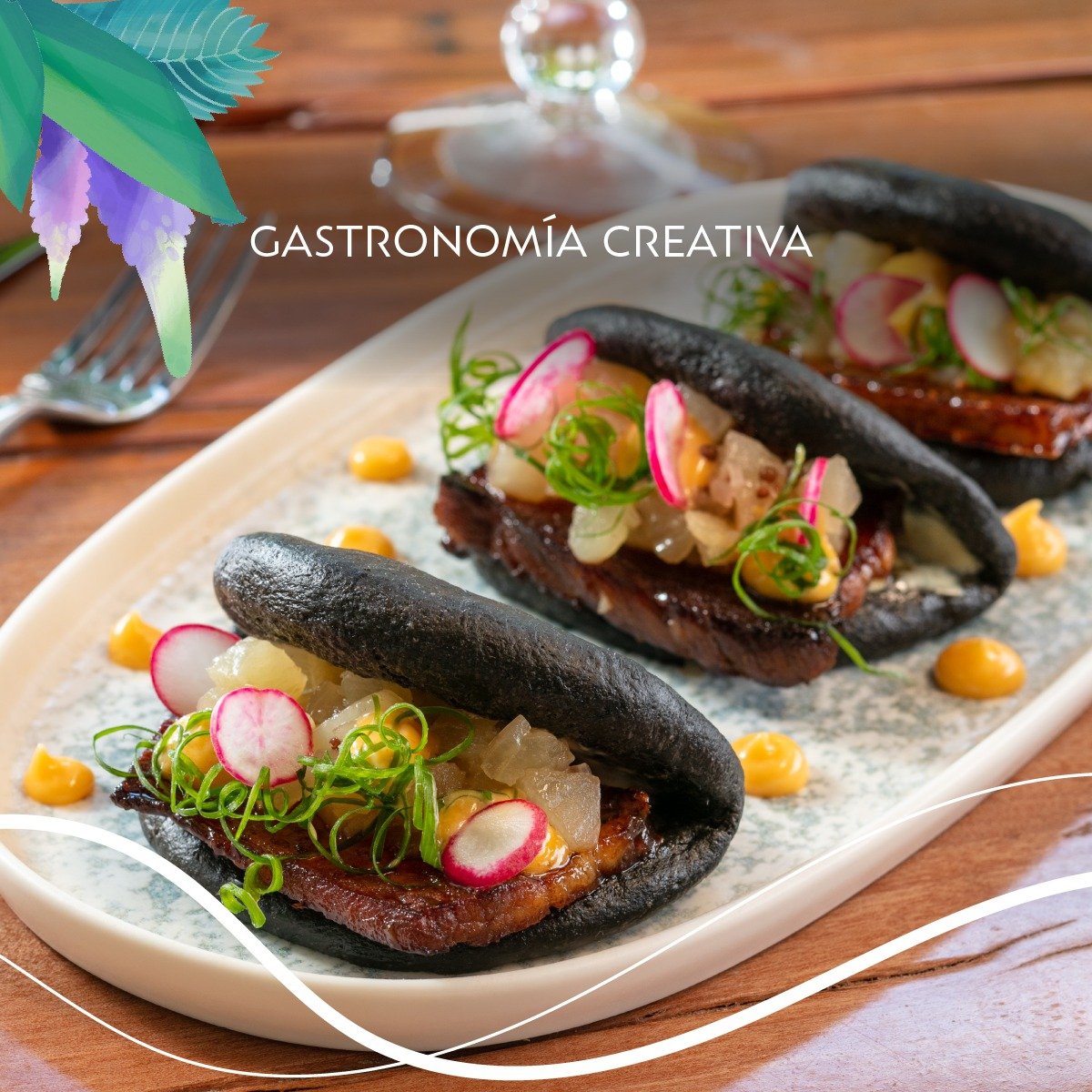Santa Cruz de la Sierra
Founded by Spaniards from Paraguay in 1561 at what is now San José de Chiquitos, it was attacked repeatedly by Indians until 1595, when it was moved to its present location along the Piray River and renamed Santa Cruz de la Sierra. Its inhabitants declared their independence from Spain in 1811, and the city was recaptured only briefly by royalist forces. In 1950 a highway to Cochabamba was completed. Railways provide access to Brazil, Argentina, and southern Bolivia, and the city’s international airport is the country’s busiest.
Santa Cruz has grown rapidly since the late 20th century, largely because of the expansion of agriculture (notably soybeans, sugarcane, and rice) and petroleum and natural gas mining in the surrounding valleys. The city produces soybean oil, dairy and meat products, refined sugar, wood products, leather, and alcohol. Oil refining is also important. By the turn of the 21st century, the population of Santa Cruz had surpassed that of La Paz, Bolivia’s administrative capital, making Santa Cruz the country’s largest city.
Santa Cruz is the seat of Gabriel René Moreno Autonomous University (1879) and other educational institutions. It is also home to natural-history, ethno-folkloric, and other museums, as well as several art galleries. Two large national parks are located east and west of the city, respectively, and Samaipata, a pre-Columbian archaeological site that was designated a UNESCO World Heritage site in 1998, is about 60 miles (100 km) southwest of Santa Cruz. Pop. (2001) 1,113,582; (2012) 1,442,396.


